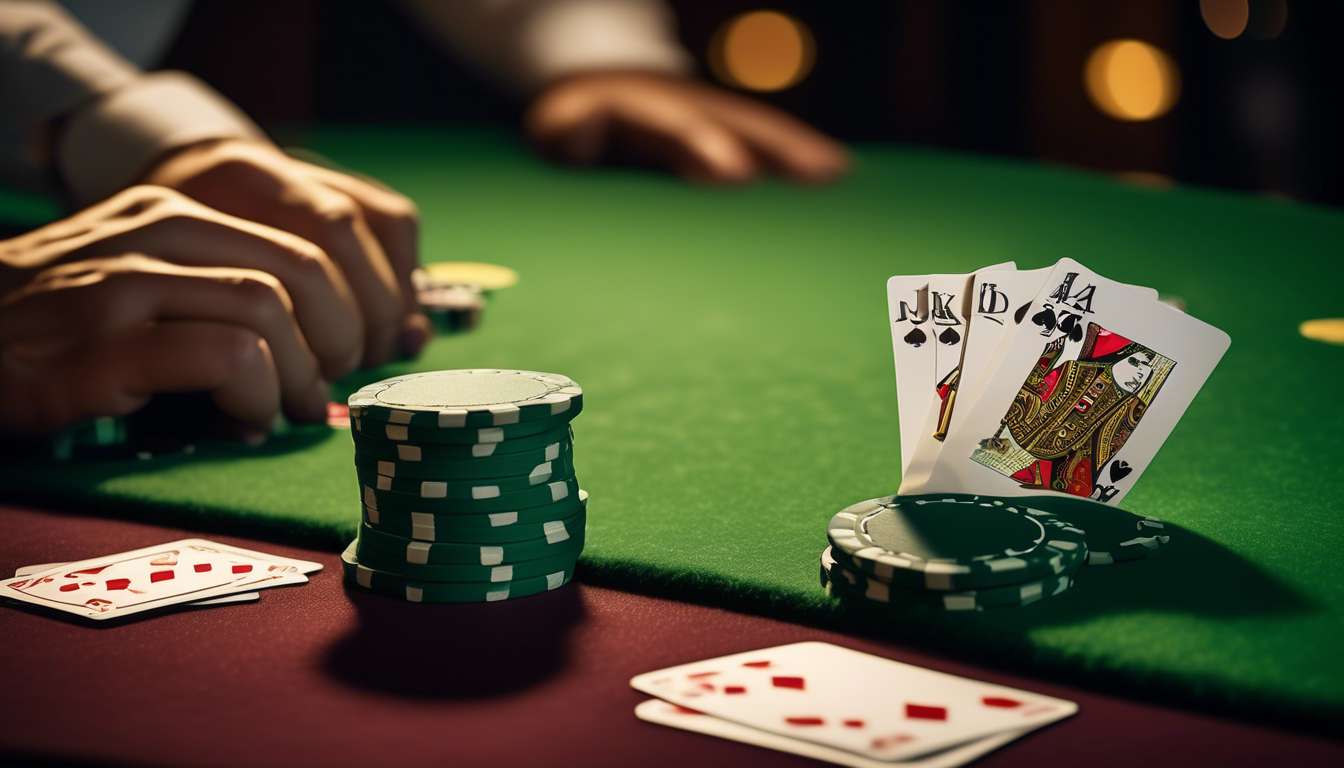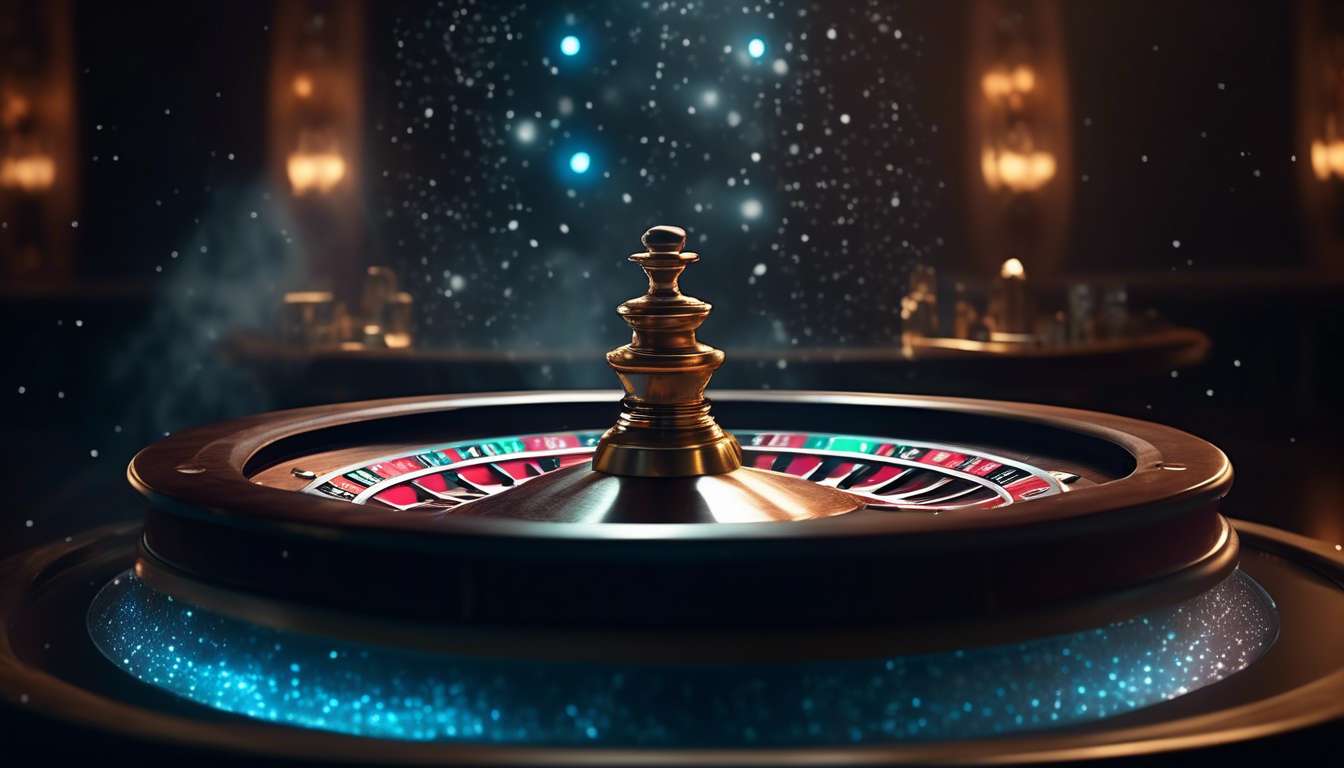When we first set out to learn the game of blackjack, we were immediately captivated by its blend of luck and strategy. It’s not just about the cards we’re dealt; it’s about how we choose to play them.
As we delve into the fundamentals, we quickly realize that mastering the basics is key to transforming a novice’s curiosity into a seasoned player’s skill. Together, we explore the essential rules, such as:
- Understanding the value of the cards
- Knowing when to hit, stand, or double down
We also uncover the importance of the dealer’s upcard and how it influences our decisions.
By focusing on these foundational elements, we gain the confidence needed to make informed choices at the table, enhancing our enjoyment and potential for success.
Join us as we embark on this journey to demystify the game, embracing both its simplicity and its depth, and ultimately, mastering the art of blackjack.
Card Values
Understanding Card Values in Blackjack
In blackjack, each card has a specific point value that determines the strength of your hand. Understanding these card values is our first step toward mastering the game.
Card Values:
- Numbered cards from 2 to 10 hold their face value. For example, a 7 of hearts is worth seven points.
- Face cards—kings, queens, and jacks—are each valued at ten points, strengthening our hand significantly.
- The ace is our versatile ally, worth either one point or eleven points, depending on what best suits our hand.
Strategy Foundation
As we learn how to play blackjack, these card values become the foundation for our strategy. Knowing them allows us to make informed decisions, aiming for that perfect total of 21.
Let’s embrace this challenge and enhance our blackjack skills together. Each card we draw becomes a piece of our shared experience on this exciting journey.
Hit, Stand, Double Down
In blackjack, success hinges on mastering the decisions to hit, stand, or double down.
Understanding when to hit is crucial:
- We hit when we want another card, hoping to improve our hand without busting.
- If our total is low, hitting might give us the boost we need to get closer to 21.
Standing is our choice when:
- We’re satisfied with our current hand.
- We believe it’s strong enough to beat the dealer, so we hold our position and hope for the best.
Doubling down is exciting and risky:
- We double our initial bet.
- We receive just one more card.
- This move is for when we’re confident our hand can win with just a little extra help.
- It’s a bold move that can pay off big if timed right.
By mastering these choices, we strengthen our connection to the game and each other, building confidence as a blackjack community.
Dealer’s Upcard Strategy
The Dealer’s Upcard: A Guide to Strategy in Blackjack
The dealer’s upcard plays a critical role in shaping our strategy and guiding our decisions at the blackjack table. As we learn how to play blackjack, recognizing the significance of the dealer’s upcard brings us into a community of strategic thinkers who share the thrill of the game.
Weak Dealer’s Upcard (4, 5, or 6):
When the dealer shows a weak card, such as a 4, 5, or 6, we find ourselves in a position of strength. It’s our collective wisdom to:
- Stand firm more often
- Double down when appropriate
This strategy is based on the higher likelihood that the dealer will bust.
Strong Dealer’s Upcard (7 through Ace):
Conversely, if the dealer’s upcard is strong, like a 7 through Ace, our strategies shift. Together, we rally around the idea of exercising caution by:
- Hitting more frequently to improve our hand
- Aiming to stay competitive against the dealer’s likely stronger hand
Conclusion:
Understanding the dealer’s upcard helps us make informed choices, bringing us closer as we master the basics of how to play blackjack together.
Splitting Pairs
Splitting pairs in blackjack is a powerful tactic that maximizes our chances of winning by turning one hand into two. This strategy not only doubles our potential for victory but also allows us to engage more deeply with the game. It makes us feel like part of a savvy group of players who understand how to play blackjack strategically.
When dealt a pair, such as two eights or aces, we have the opportunity to split them and play each card as the starting point of a new hand. This can be advantageous, especially when the dealer shows a weak upcard.
However, it’s important to remember that not every pair is created equal. Knowing when to split and when to stand is crucial. As we enhance our blackjack skills, we become more adept at making these decisions.
By mastering the art of splitting pairs, we can significantly enhance our blackjack experience.
Insurance Bet
An Insurance Bet in Blackjack
An insurance bet in blackjack offers a chance to protect our hand when the dealer’s upcard is an ace. It’s a side bet made in the hope of guarding against the dealer hitting a blackjack.
When the dealer shows an ace, they’ll ask if we want insurance. The insurance bet costs half of our original wager. If the dealer’s hole card is a ten-value card, we win 2:1 on the insurance bet.
Considerations and Strategy
However, it’s important to be cautious.
- While it might feel like a safety net, the odds often don’t favor us in the long run.
- Many seasoned players in our blackjack community advise against taking insurance because the dealer won’t have a blackjack more often than they will.
Mastering how to play blackjack means understanding these odds and making strategic choices that enhance our collective game experience.
Conclusion
Together, we can learn when to hold back and when to play our cards, ensuring our time at the table is both strategic and enjoyable.
Surrender Option
In Blackjack, the Surrender Option:
The surrender option allows players to fold their hand early and reclaim half of their bet when the odds are unfavorable. This strategic move helps minimize losses and keeps players in the game longer.
When to Consider Surrendering:
-
Knowing when to surrender can be a game-changer in blackjack.
-
Typically, players might consider surrendering with a weak hand against a dealer’s strong upcard.
- For example, if you have a 16 and the dealer shows a 10, surrendering could be the wise choice.
-
Surrendering is not about giving up; it’s about maintaining a long-term presence in the game.
Benefits of Using the Surrender Option:
-
Protects your bankroll.
-
Allows for more hands to be played.
-
Enhances shared experiences with fellow players.
By mastering these strategies, players become more confident at the blackjack table, contributing to the collective knowledge and success of the blackjack community.
Basic Strategy Chart
A basic strategy chart is an invaluable tool that guides us in making optimal decisions based on the dealer’s upcard and our hand. As we learn how to play blackjack together, this chart becomes our trusted companion, mapping out the smartest moves to increase our chances of winning. By following it, we collectively embrace the game’s mathematics, enhancing our sense of belonging in the blackjack community.
When we face different scenarios at the table, the chart provides clear instructions on actions such as:
- Hit
- Stand
- Double down
- Split
It takes the guesswork out of our game, allowing us to act with confidence and unity. We all benefit from its logic, minimizing the house edge and maximizing our enjoyment.
Using the basic strategy chart isn’t just about winning; it’s about playing together with purpose and understanding. As we incorporate this tool into our gameplay, we build a shared experience, deepening our connection to the game and to each other.
Practice and Patience
Mastering blackjack requires consistent practice and patience, as these elements build our skills and deepen our understanding of the game.
When we first learn how to play blackjack, it’s easy to feel overwhelmed by the strategies and decisions required before each hand. However, by dedicating time to practice, we not only sharpen our abilities but also start to feel more connected within the community of blackjack enthusiasts.
Key Benefits of Regular Practice:
- Internalizing strategies
- Making decisions quicker and more intuitive
- Building connections with fellow players
Patience is crucial, too, as we all encounter losing streaks. It’s important to remember that every hand is a new opportunity to apply what we’ve learned.
Encouragement for Practice:
- Engage in practice sessions, whether online or with friends
- Reinforce skills through regular play
- Share in the camaraderie of learning and growing together
Mastering how to play blackjack becomes not just a personal journey, but a shared adventure.
What is the history of blackjack and how did it originate?
Blackjack’s Origins and Evolution
Blackjack originated in France in the 1700s under the name "Vingt-et-Un," which translates to twenty-one in French.
The game eventually made its way to the United States, where it gained popularity and evolved into the blackjack we know today.
Enduring Popularity
It’s fascinating to see how a simple card game has stood the test of time and become a beloved pastime for many.
How does card counting work and is it legal in casinos?
Card Counting in Blackjack
Card counting involves keeping track of the cards that have been dealt to gain an advantage in Blackjack. It is a strategy used to predict the likelihood of certain cards being dealt next.
Important Points:
- While not illegal, casinos frown upon card counting.
- Casinos may ask you to leave if they suspect you are counting cards.
- Card counting requires skill and practice to be successful.
- It’s important to remember that it’s not a guaranteed way to win.
What are some common myths or misconceptions about playing blackjack?
Common Myths About Playing Blackjack
-
Card Counting Guarantees a Win
- Many believe that card counting ensures victory. However, the truth is it only slightly tilts the odds in the player’s favor. While it can be a useful tool, it does not guarantee a win every time.
-
The Dealer’s Hand is Always Unbeatable
- There’s a misconception that the dealer’s hand cannot be beaten. In reality, with the right strategy, players can significantly increase their chances of winning. Understanding when to hit, stand, double down, or split can make a big difference.
-
You Need to Be a Mathematical Genius
- Some think that mastering blackjack requires advanced mathematical skills. In truth, learning basic strategies can greatly improve your game. You don’t need to be a genius; just familiarizing yourself with the game’s fundamentals can lead to better outcomes.
Conclusion
Now that you’ve learned the basics of how to play blackjack, practice and patience will be key in mastering this classic casino game.
Key Concepts to Remember:
- Card Values
- When to Hit, Stand, or Double Down
- Handling Splitting Pairs
- Insurance Bets
By following the basic strategy chart and understanding the dealer’s upcard strategy, you’ll be well-equipped to enjoy the excitement and challenge of playing blackjack.
So keep practicing, stay patient, and enjoy the game!




